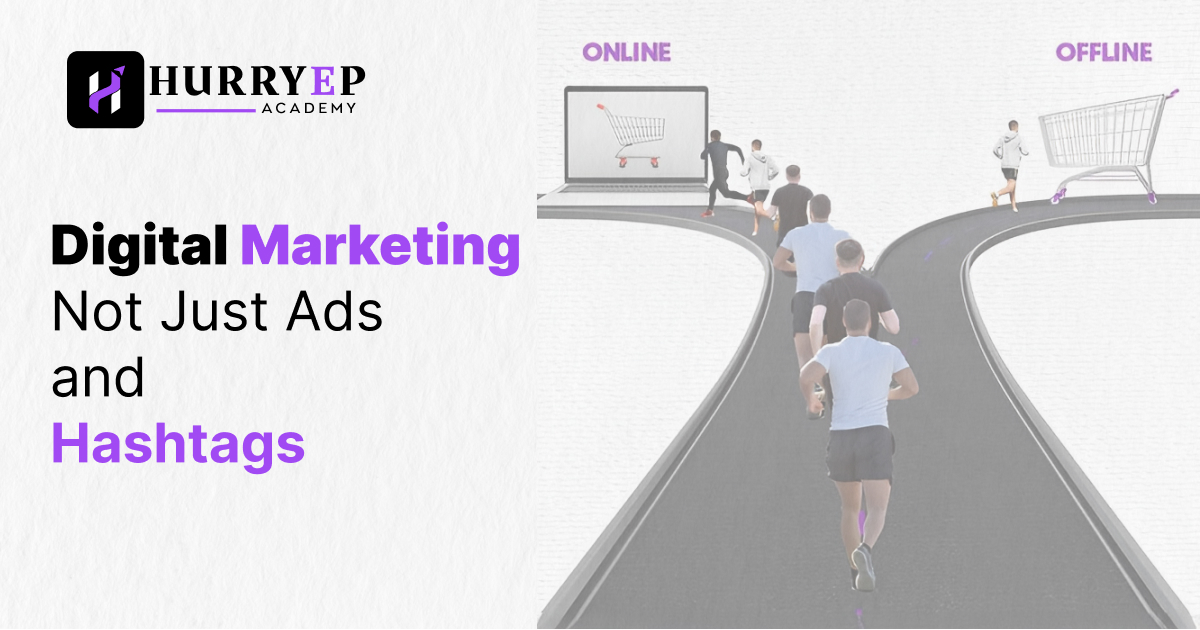
What Are the Key Principles of Effective UI/UX Design?

Creating a successful UI/UX design involves much more than aesthetics. It is about building a seamless, user-friendly experience that aligns with user expectations and goals. Below are key principles to guide your design process.
1. Understand Your Users
Effective UI/UX design begins with understanding your target audience. Conduct user research to learn about their preferences, pain points, and behaviors. This insight allows you to create designs that resonate and solve real problems.
2. Maintain Simplicity
Simplicity is essential for usability. Avoid clutter and provide clear navigation paths. Every element should serve a purpose. A simple, intuitive design enhances user engagement and satisfaction.
3. Prioritize Accessibility
Designs should cater to all users, including those with disabilities. Use accessible color schemes, readable fonts, and clear labels. Accessibility ensures inclusivity and improves the overall user experience.
4. Ensure Consistency
Consistency in design elements like colors, fonts, and navigation builds familiarity. Users should feel comfortable transitioning between different sections or pages without confusion.
5. Focus on Usability
A visually appealing design is ineffective if it lacks usability. Ensure users can complete tasks effortlessly. Test your designs frequently to identify and address usability issues.
6. Use Feedback Loops
Feedback allows users to feel in control. Include interactive elements like hover effects or confirmation messages. For example, a progress bar can inform users about the completion level of a process.
7. Adapt for Different Devices
With the variety of devices available, designs must be responsive. Test across screen sizes to ensure functionality and aesthetics remain intact on mobiles, tablets, and desktops.
Effective UI/UX design is a blend of art and science. By focusing on these principles, you can craft experiences that are not only beautiful but also functional and user-centered.





